Hello Guys…. In this video, our mentor MKA Sir has explained inorganic mechanism and types of reactions which are most important for Jee and NEET. Now, there is no need to mug up all these inorganic reactions.
Inorganic reactions may be classified as following types:
1. Ions exchange reaction: This might be divided as Double-Displacement, Neutralization and Gas displacement.
Each reaction has reactants that react with each other to form compounds called products. In most cases, the reactants are compounds. Each of the reacting compound lends one molecule/compound for exchange with the molecule/compound offered by the other compound. Anions and cations of compounds change their placement to react and form altogether different compounds. This type of reaction is also called metasynthesis or double replacement.
When an acid reacts with a base, the resulting product is salt and water. This reaction is called neutralization reaction.
The reaction in which a salt reacts with an acid, the resulting product is in the gaseous form.
2. Decomposition Reaction: A decomposition reaction is a type of chemical reaction in which a single compound breaks down into two or more elements or new compounds. These reactions often involve an energy source such as heat, light, or electricity that breaks apart the bonds of compounds.
Other reactions like Water addition reaction, redox and complexing is explained in details.
Watch our other videos.
————————————————————————————————–
First Point of Difference Rule | Organic Chemistry | Explained by IITian | Jee Mains, Advance | NEET
—————————————————————————————————
Oxides of Phosphorus | Tricks and Techniques | IIT Jee Mains, Advance | BITSAT | NEET & AIIMS
—————————————————————————————————-
Phosphine Gas | Tricks and Techniques | IIT Jee Mains, Advance | BITSAT | NEET, AIIMS
—————————————————————————————————–
Potassium Permanganate | d Block Chemistry | Jee Mains, Advance | NEET | BITSAT and AIIMS
——————————————————————————————————
Neighbouring Group Participation | Tricks and Tech | IIT-Jee Mains, Advance | BITSAT | NEET & AIIMS
——————————————————————————————————–
Carbocations and Carbanions | General Organic Chemistry | Explained by IITian | Jee Mains & Advance
———————————————————————————————————-
Tricks for Qualitative Analysis | Cations | Jee Mains, Advance, NEET, BITSAT and AIIMS
———————————————————————————————————–
Tricks to Remember p Block Reactions | Group 15 | Jee Mains, Advance, NEET, BITSAT & AIIMS
———————————————————————————————————–
Trick for Bond Angle | Developed by IITian | IIT Jee Mains, Advance, NEET, BITSAT & AIIMS
———————————————————————————————————–
Banana Bond in Chemistry | Explained by IITian | IIT Jee Mains, Advance, BITSAT, NEET and AIIMS
Thanks
Team IITian Explains
source



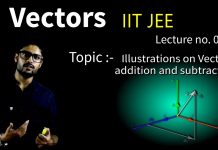
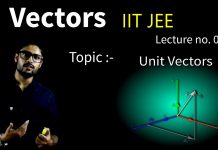




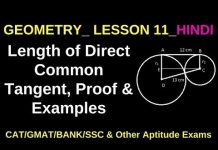

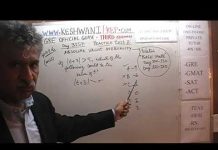

![CY_GATE_2019_PHYSICAL_SPECTROSCOPY_[ELECTRONIC_BASIC]_All IN ONE_[Short_Trick]_2018-19_PART_1ST - Videos](https://trends.edugorilla.com/wp-content/uploads/sites/8/2018/08/cy_gate_2019_physical_spectroscopy_electronic_basic_all-in-one_short_trick_2018-19_part_1st-218x150.jpg)
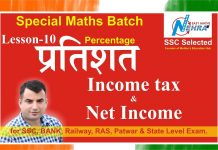


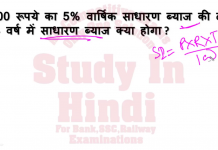
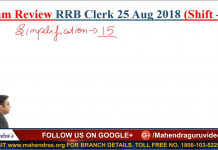
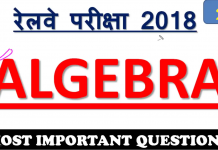
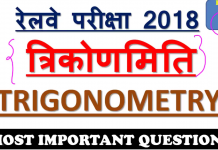
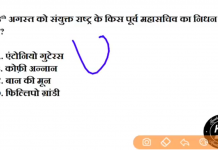
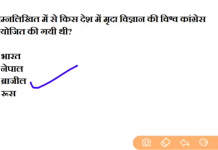
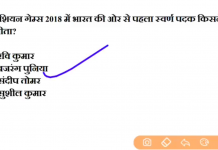





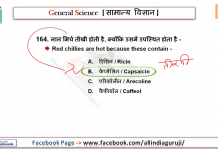


![24 August 2018 – The Indian Express Newspaper Analysis हिंदी में – [UPSC/SSC/IBPS] Current affairs - Videos](https://trends.edugorilla.com/wp-content/uploads/sites/8/2018/08/a520-218x150.png)
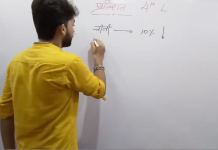



awesome explanation
Make 2 video of organic, and 2 video of inorganic in a week,, plz sir
Awesome lecture
Good
Sir thanx😘😘😘😘
Awesome concept related to water water addition , special thank's for it👑👑👑👑👑👑👑
Wow….what a comeback….
Sir you broke the rule of you-tube record no any dislikes…with 2k likes..
Congrulations sir..
Thanks sir complete all chemistry you are god for poor students
Thanks sir
Can't express in words
What a explanation!!
263 likes and no dislikes.wow!!!!
mast sir
sir video jaldi upload kiya karo
Thank you
Tiger is back
Legend
love
Sir👍👍😄😄😘😘😘
thanku sir
Sir plz upload more videos on YouTube min. 2 videos a day plzz@zzzzzzzzzzz
Thnx sir ab aap ne start kar diya hi to organic ki tension kam ho gai hi
Sir aap unacademy per to aa sakte ho.. To lakho students ka bhala hoga. Pls sir listen to my request
🙏🙏🏻
Great Sir..